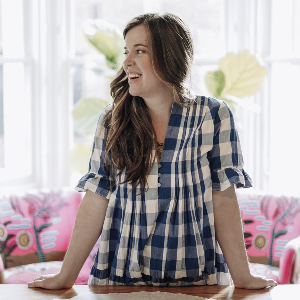
Fast, Fun, and Versatile: An intro to Broderie Perse
Dec 18, 2018I wanted to introduce you to a traditional quilt-making style that is super fast, fun, and can be used is SO many different ways.
In the year 1600, The East India Trade Company was formed and brought Indian chintz fabric to Western countries for the first time. This fabric with its bright colors and intricate illustrations was very different from the monochromatic fabric available in the rest of Europe at the time, and soon became extremely popular.
Since the fabric was very expensive, quilters wanted to make the most of their yardage, so would surround small panels of the chintz fabric by lots of borders in a medallion style quilt, and started cutting the illustrations out to form their own compositions-- this technique is known as Broderie Perse and was the most popular style of applique in England and in the Americas in the 18th and early 19th centuries.

Center panel is a great example of traditional Broderie Perse, quilt by Cynthia Collier, Peggy Morton, and Jonnie Nottingham.
Typically the chintz fabric had a white background, and quilters would cut out the chintz designs and applique them to another white fabric, that would then be used as a panel and often surrounded by lots of borders in a medallion format.
We learned all about in Broderie Perse earlier this year in Meander, and we've been having fun making this style our own! Here are some close-ups of a Broderie Perse quilt I had a ball making-- the flowers are all from just 2 different half yard cuts of Kaffe Fassett fabric.



The Meander Guild is all about taking a traditional style like this one and really making it your own-- we've been having a lot of fun with this one!




